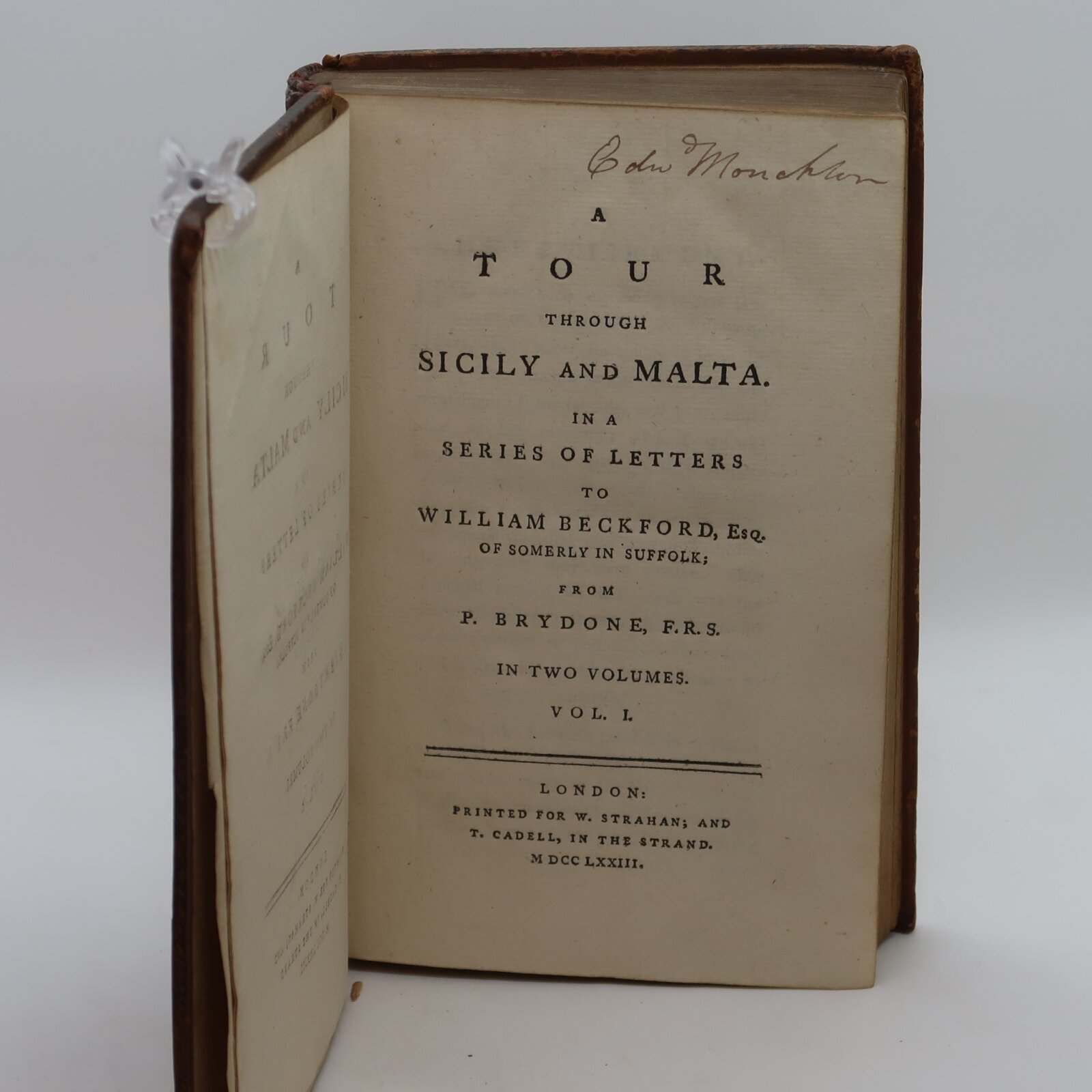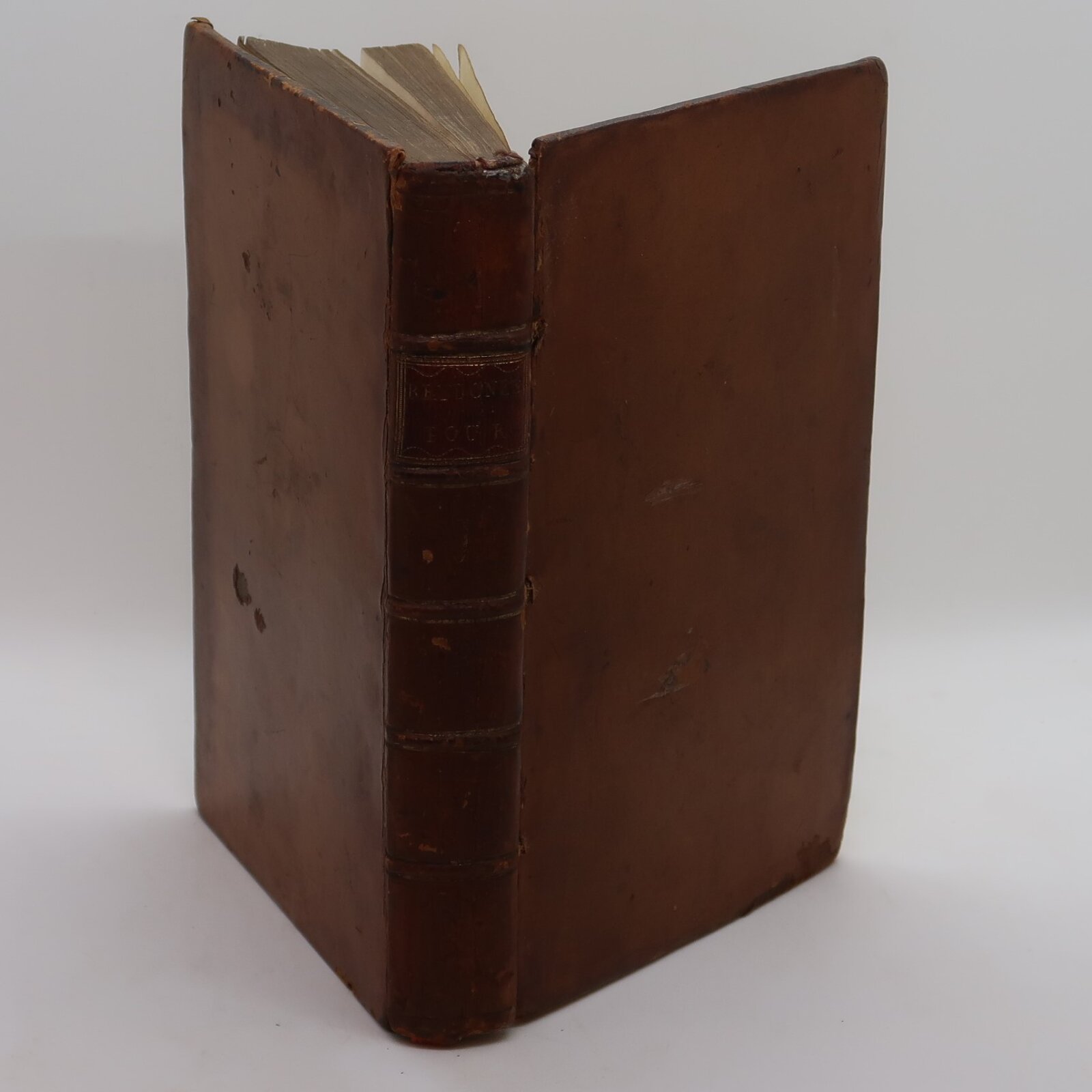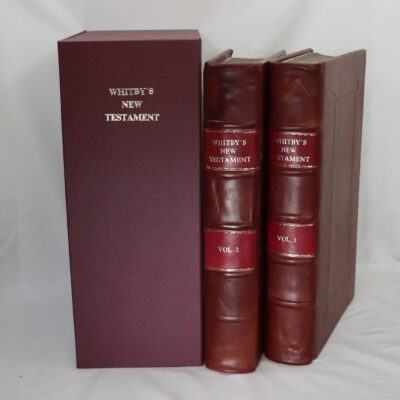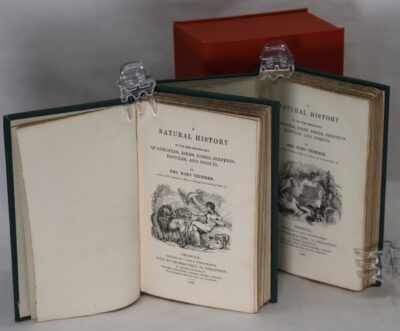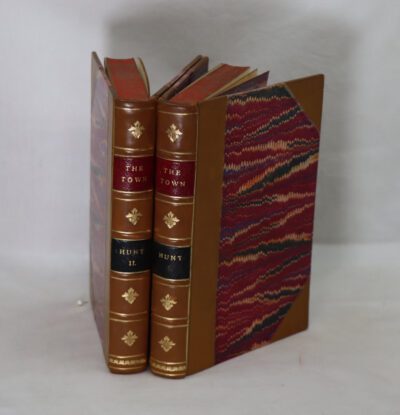Brydon's Tour.Volumes 1 & 2.
Printed: 1773
Publisher: W Strahan. London
Edition: first edition
| Dimensions | 14 × 22 × 3 cm |
|---|---|
| Language |
Language: English
Size (cminches): 14 x 22 x 3
Condition: Very good (See explanation of ratings)
FREE shipping
Your items
Item information
Description
Tan leather binding with maroon title plate and gilt title on the spine.
After the publication of Brydon’s letters lots of English tourist started coming to Sicily & Malta. And Sicily became to be part of the Grand tour
BRYDONE, Patrick (1743-1818). A Tour through Sicily and Malta. In a Series of Letters to William Beckford, Esq., London: W. Strahan & T. Cadell, 1773. 2 volumes, 8°. “Liveliness of description of manners and scenery, couched in an easy and elegant style, has rendered these volumes extremely popular …” (2)
The Grand Tour was the 17th- and 18th-century custom of a traditional trip through Europe undertaken by upper-class young European men of sufficient means and rank (typically accompanied by a chaperone, such as a family member) when they had come of age (about 21 years old).
The custom—which flourished from about 1660 until the advent of large-scale rail transport in the 1840s and was associated with a standard itinerary—served as an educational rite of passage. Though the Grand Tour was primarily associated with the British nobility and wealthy landed gentry, similar trips were made by wealthy young men of other Protestant Northern European nations, and, from the second half of the 18th century, by some South and North Americans.
By the mid-18th century, the Grand Tour had become a regular feature of aristocratic education in Central Europe as well, although it was restricted to the higher nobility. The tradition declined as enthusiasm for neo-classical culture waned, and with the advent of accessible rail and steamship travel—an era in which Thomas Cook made the “Cook’s Tour” of early mass tourism a byword.
The primary value of the Grand Tour lay in its exposure to the cultural legacy of classical antiquity and the Renaissance, and to the aristocratic and fashionably polite society of the European continent. In addition, it provided the only opportunity to view specific works of art, and possibly the only chance to hear certain music.
A Grand Tour could last anywhere from several months to several years. It was commonly undertaken in the company of a cicerone, a knowledgeable guide or tutor.
In essence, the Grand Tour was neither a scholarly pilgrimage nor a religious one, though a pleasurable stay in Venice and a residence in Rome were essential. Catholic Grand Tourists followed the same routes as Protestant Whigs. Since the 17th century, a tour to such places was also considered essential for budding artists to understand proper painting and sculpture techniques, though the trappings of the Grand Tour—valets and coachmen, perhaps a cook, certainly a “bear-leader” or scholarly guide—were beyond their reach.
The advent of popular guides, such as the book An Account of Some of the Statues, Bas-Reliefs, Drawings, and Pictures in Italy published in 1722 by Jonathan Richardson and his son Jonathan Richardson the Younger, did much to popularise such trips, and following the artists themselves, the elite considered travel to such centres as necessary rites of passage. For gentlemen, some works of art were essential to demonstrate the breadth and polish they had received from their tour.
In Rome, antiquaries like Thomas Jenkins were also dealers and were able to sell and advise on the purchase of marbles; their price would rise if it were known that the Tourists were interested. Coins and medals, which formed more portable souvenirs and a respected gentleman’s guide to ancient history were also popular. Pompeo Batoni made a career of painting the English milordi posed with graceful ease among Roman antiquities. Many continued on to Naples, where they also viewed Herculaneum and Pompeii, but few ventured far into Southern Italy, and fewer still to Greece, then still under Turkish rule.
Jonathan Richardson (12 January 1667 – 28 May 1745), sometimes called “the Elder” to distinguish him from his son (Jonathan Richardson the Younger), was an English artist, collector of drawings and writer on art, working almost entirely as a portrait-painter in London. He was considered by some art-critics as one of the three foremost painters of his time. He was the master of Thomas Hudson and George Knapton. Richardson was even more influential as a writer; he is credited with inspiring Joshua Reynolds to paint and theorise with his book An Essay on the Theory of Painting. This book is credited with being “the first significant work of artistic theory in English.”
Richardson was even more influential as a writer than as a painter according to Samuel Johnson. He is credited with inspiring Joshua Reynolds to paint and theorise with his 1715 book An Essay on the Theory of Painting. In 1722, Richardson published with his son, also Jonathan (1694–1771), An Account of Some of the Statues, Bas-Reliefs, Drawings, and Pictures in Italy (1722). The book was compiled by Richardson the elder using material gathered by his son whilst touring Italy in 1721. This was a very popular book and was used by young men as a basis for their Grand Tour. It was said that the book became the basis for future purchases of art by wealthy collectors and therefore shaped English interest in foreign old masters. It also provided an important model for Johann Joachim Winckelmann’s History of Art (1764). Richardson and his son also co-authored their Explanatory Notes and Remarks on Milton’s Paradise Lost (1734). These notes are, in part, a response to Richard Bentley’s 1732 edition of Paradise Lost, in which he frequently faults Milton’s style or places exceptionable passages in square brackets, claiming they are the work of another hand. The Richardsons’ responses to Bentley helped to lay the foundation for subsequent interpretation of the poem.
Want to know more about this item?
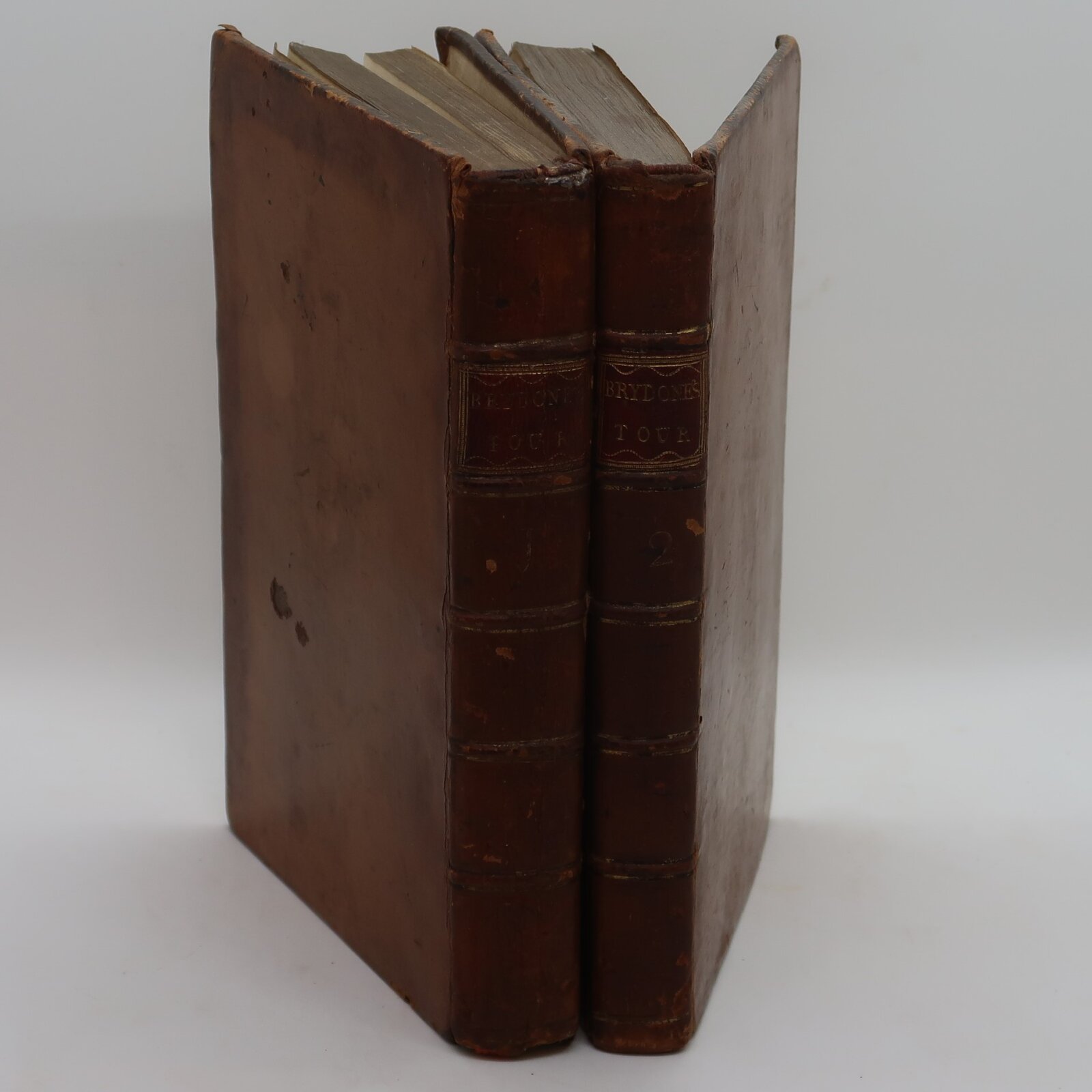
Related products
Share this Page with a friend


